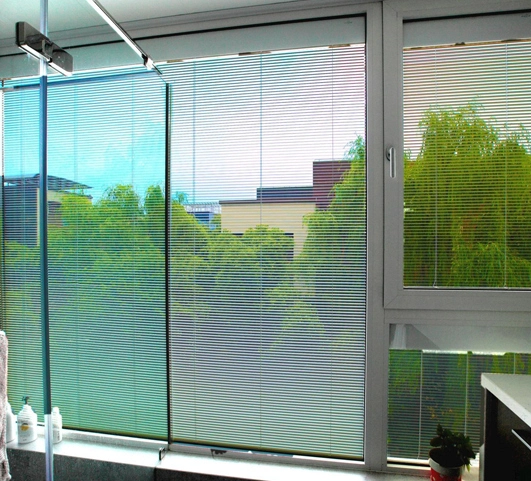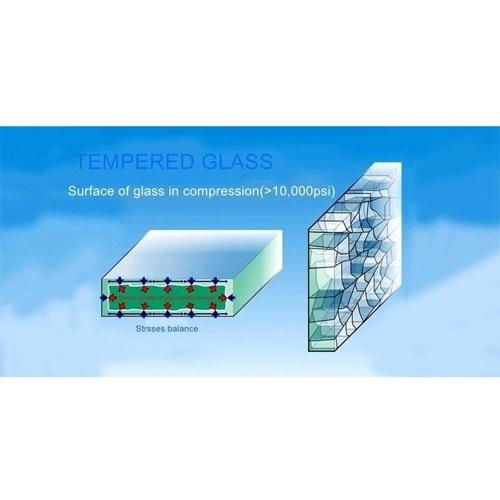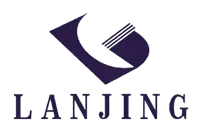
Search
Screen printing is a printing technique that accurately prints ink onto a substrate through the combination of a screen and a scraper. This process pays attention to details and is suitable for mass production and situations that require high precision. Screen printing has a wide range of applications, especially in the fields of printed circuit boards, signage, and textiles.
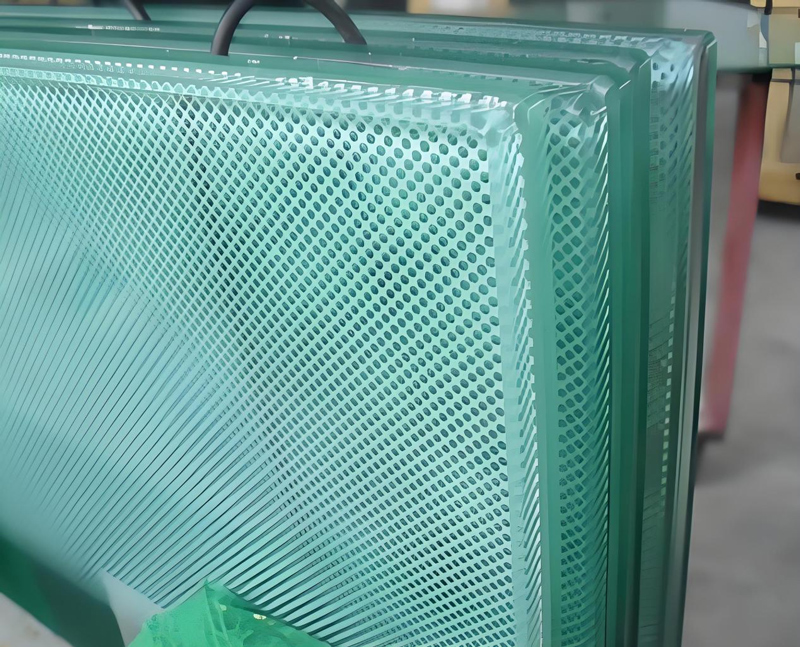
Digital printing has a significant difference from screen printing. Digital printing is the process of directly inputting patterns into a device and using a nozzle to print the desired pattern. This technology is flexible and versatile, capable of meeting personalized customization needs, especially suitable for small batch and multi variety production. Compared to screen printing, digital printing is more convenient and can quickly respond to market changes, providing fast and efficient printing services.
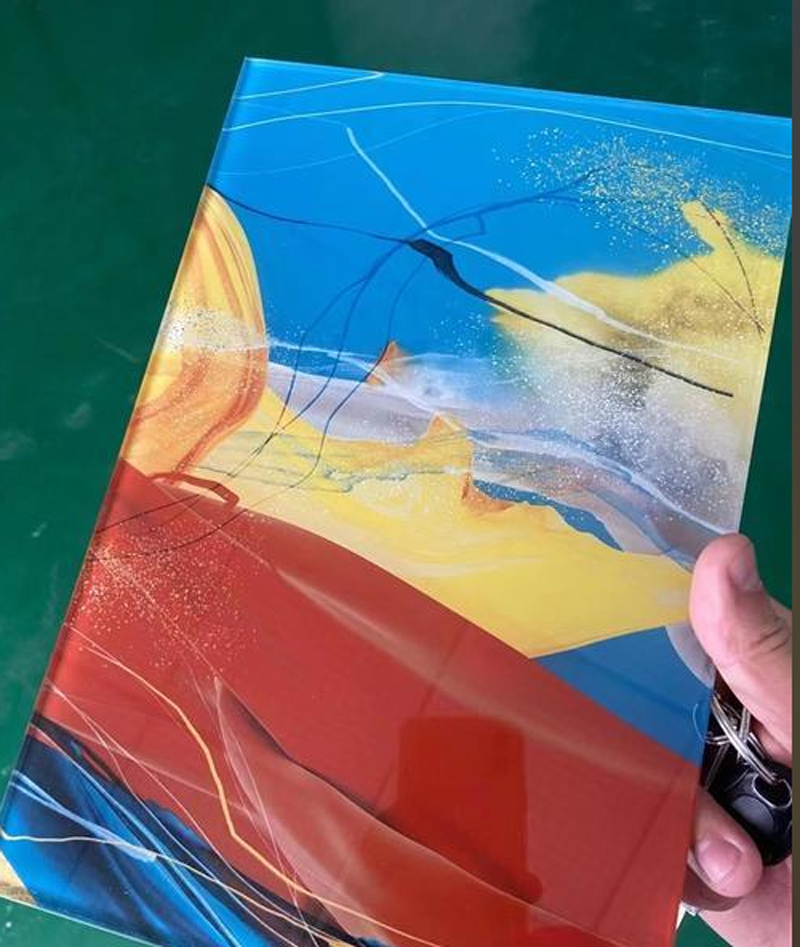
From a cost perspective, digital printing is relatively expensive. This is because its equipment is complex and maintenance costs are relatively expensive. In addition, the lifespan of the nozzle is usually short, which further increases the overall cost. However, with the advancement of technology and optimization of equipment, the cost of digital printing is gradually decreasing, and its market competitiveness is constantly increasing.
Screen printing and digital printing have their own advantages and are suitable for different scenarios and needs. Screen printing occupies an important position in the traditional printing field due to its stable quality and efficient production capacity; Digital printing, with its flexible and personalized customization capabilities, has become a representative of modern printing technology. With the continuous development of technology, the boundary between the two printing methods is gradually blurring, and integrated innovation is becoming a trend in the printing industry.
QUICK LINKS
Phone
+86-13505332015Address
Juyuan Road, Wangcun Town, Zibo City, Shandong Province, China


